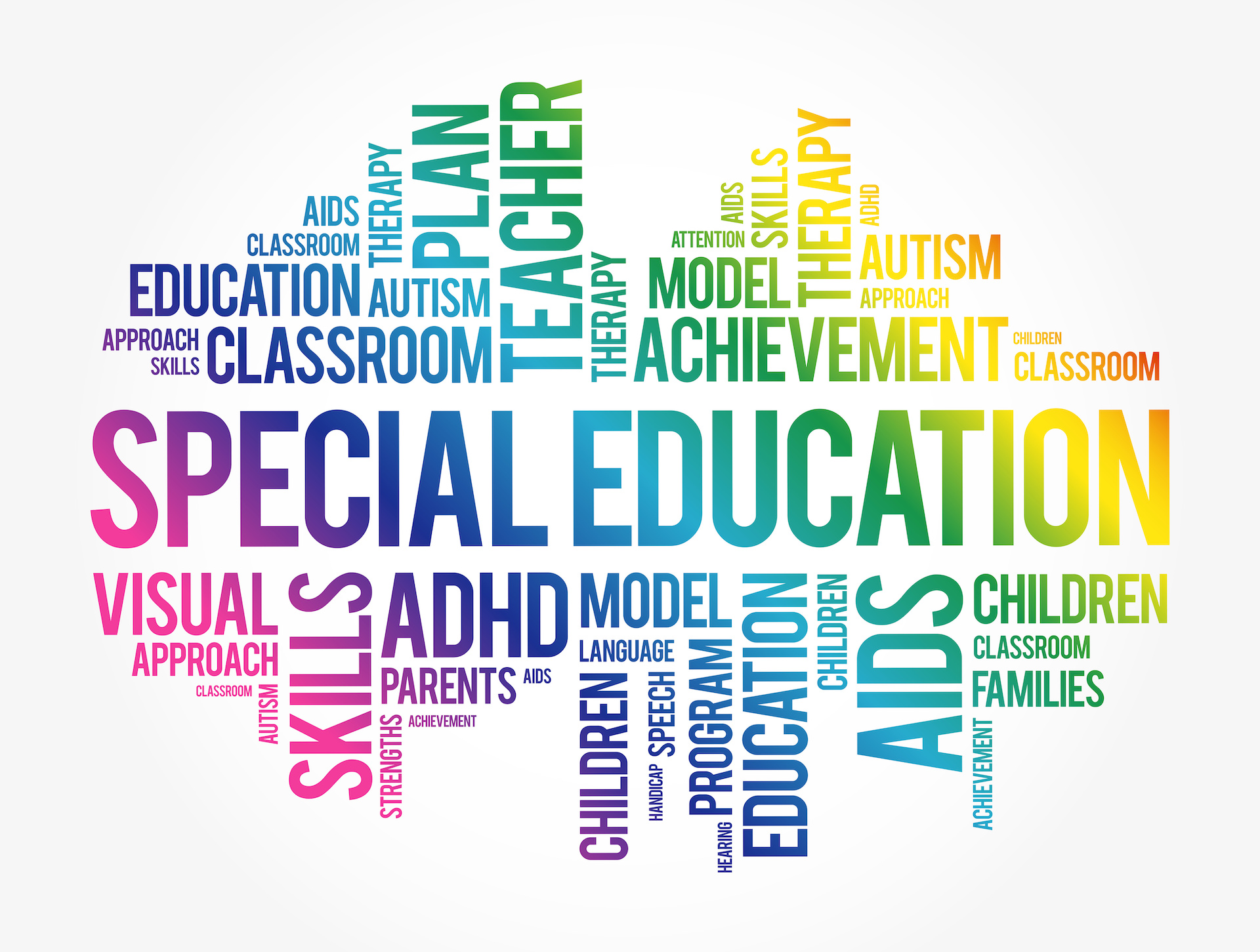
Systematic Prompting
Participants will understand the progression of prompts from the least intrusive to the most intrusive and individualize them to the student’s needs.

Participants will understand the progression of prompts from the least intrusive to the most intrusive and individualize them to the student’s needs.

Participants will learn the definition of a private school student, according to the IDEA, and understand the responsibilities of students with disabilities not enrolled in publicly funded schools.

The Educational Setting section first and foremost documents a student's recommended placement and considers where the IEP goals and services can best be delivered. This training will cover documenting the placement, percentage in/out of general education and related statements, promotion criteria, and transition activities. Participants will learn/expand their ability to develop legally defensible statements and transition activities.

In this training, participants will learn the 13 special education eligibility categories and how to support students with special needs in the least restrictive environment. Information on effective teaching strategies for each area of eligibility will be explored.

When an Individual Transition Plan (ITP) is included in an IEP, it largely drives the rest of the IEP. This training will prepare attendees to develop legally compliant and student-centered ITPs. Examples and suggestions for developing legally defensible ITPs will be provided.

Special Education Information System (SEIS) is the system used by Tuolumne County SELPA. All California Longitudinal Pupil Achievement Data System (CALPADS) special education reportable data and IEP information is stored centrally in the SEIS system. This introductory SEIS course is aimed at new teachers or teachers new to the SEIS platform. This virtual training provides an overview of the SEIS Dashboard and step-by-step instructions on navigating the most commonly used student IEP pages and forms, including creating a student change request.

This training is designed to teach IEP team members the best practices for taking IEP notes. Information presented will include what should and should not be stated in the IEP notes, best practices for IEP note-taking, and how to handle disagreements over IEP notes.

This training will assist participants with preparing to prepare for the IEP meeting, including identifying pre-meeting steps to support an effective and collaborative IEP meeting. Participants will leave with 21 best practices that support successful IEP meetings.

General Education teachers are critical in supporting students with IEPs in an inclusive setting. This training will provide information and opportunities to explore effective collaboration techniques between all team members to ultimately support the needs of each student in an inclusive environment. Participants will learn the value of inclusive practices for all students, strategies to promote collaboration between general education and special education staff in the classroom, responsibilities related to implementing IEP goals, accommodations, and modifications, and legal obligations for supporting students with disabilities.

Writing IEP goals that are objective and measurable can be difficult. However, the task of implementing valid measurement systems for all of those goals is often overwhelming. This training will provide information on how to collect data on goals in a way that is easy to track.

When an IEP Team is considering paraeducator support for a student, all aspects of the student’s IEP must be examined, with the focus always being on maximizing student independence to avoid unintentionally fostering dependence on the paraeducator. This training will focus on how IEP teams can evaluate a student’s need for 1:1 support using various tools.

Special Education Information System (SEIS) is the system used by Tuolumne County SELPA. All California Longitudinal Pupil Achievement Data System (CALPADS) special education reportable data and IEP information is stored centrally in the SEIS system. This introductory SEIS course is aimed at new teachers or teachers new to the SEIS platform. This virtual training provides an overview of the SEIS Dashboard and step-by-step instructions on navigating the most commonly used student IEP pages and forms, including creating a student change request.